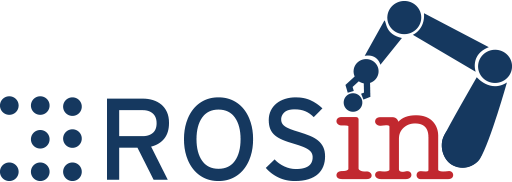rosdyn
 rosdyn copied to clipboard
rosdyn copied to clipboard
The goal of the project ROSdyn is to realize a ROS-based package that implement a fully automated procedure able to calibrate the robot dynamics model. The use of ROS ecosystem enable the standardizat...

ROSdyn implements a fully automated procedure able to calibrate the robot dynamics model.
It is integrated with MoveIt! to automatically compute, simulate, and execute identification trajectory. The result is stored in a URDF file.
Build/Installation
The software can be installed with the following rosinstall file.
IMPORTANT rosdyn_identification has been moved here.
List of packages
rosdyn_core see README:
Dynamics header library based on Eigen. With respect to KDL, it has two advantages: it is faster and it allow computing model regressor.
An example of usage can be found here
The following list shows the computation times for a 6DOF robot on a laptop Asus PU551J with Ubuntu 16.04 (Release build, average on 10000 trials).
** computation time in microseconds: **
pose = 0.75970 [us]
pose + jacobian = 1.06562 [us]
pose + jacobian + velocity twists for all links = 1.25589 [us]
pose + jacobian + velocity twists for all links + linear aceleration twists for all links = 1.25351 [us]
pose + jacobian + velocity twists for all links + non linear acceleration twists for all links = 1.51663 [us]
pose + jacobian + velocity twists for all links + acceleration twists for all links = 1.83826 [us]
pose + jacobian + velocity twists for all links + acceleration twists for all links + jerk twists for all links = 2.68916 [us]
pose + jacobian + velocity twists for all links + acceleration twists for all links + joint torque = 3.76733 [us]
pose + jacobian + joint inertia matrix = 10.06761 [us]
Acknowledgements
RosDyn is developed by CNR-STIIMA (www.stiima.cnr.it)

Supported by ROSIN - ROS-Industrial Quality-Assured Robot Software Components.
More information: rosin-project.eu
![]()
This project has received funding from the European Union’s Horizon 2020
research and innovation programme under grant agreement no. 732287.